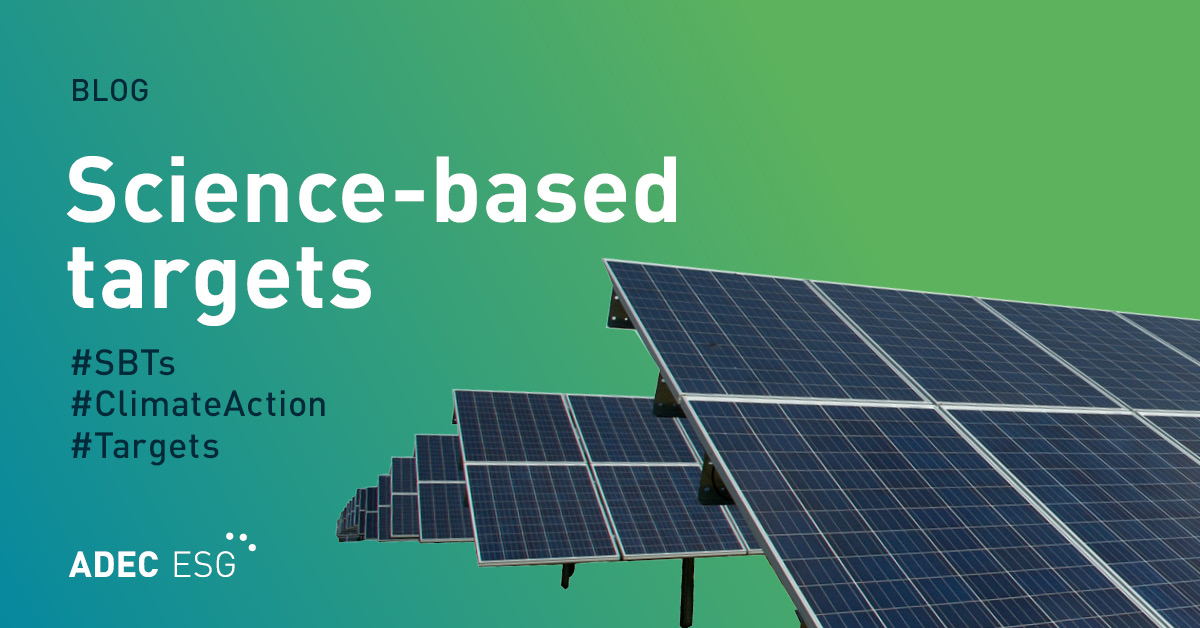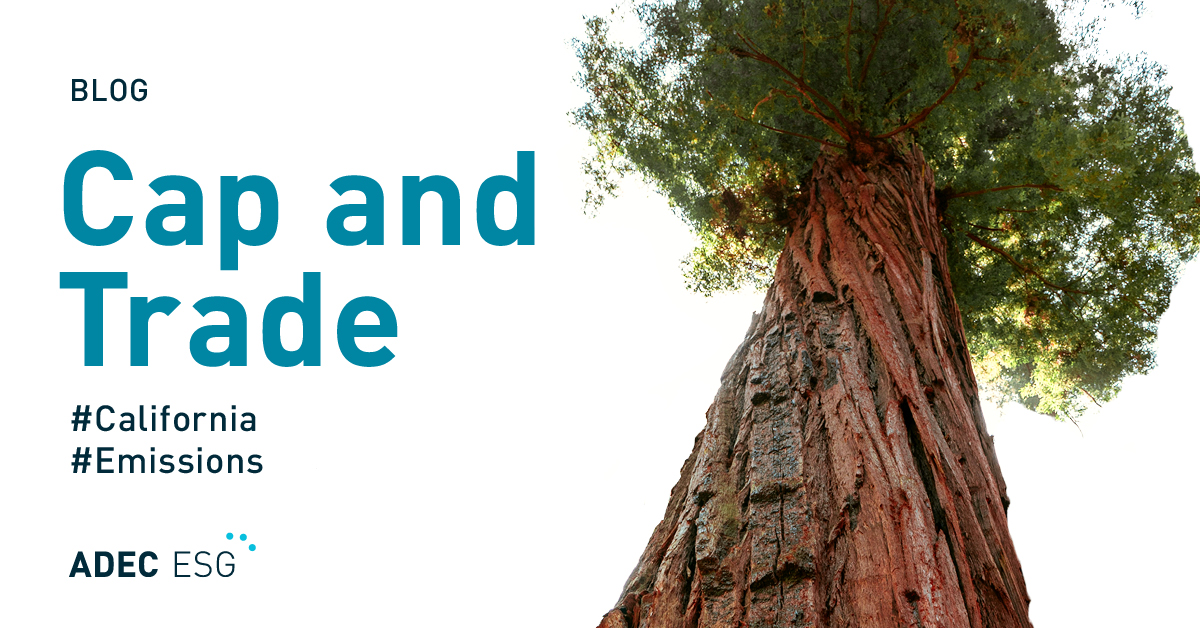There is a lot of confusion between cap and trade (C&T) and a carbon tax. This is understandable because it is all newly mainstream since the Paris Agreement in 2015. Moreover, both terms are related to emissions reduction. This blog will clarify the difference.
What is a carbon tax?
A carbon tax is really a user fee. It is often added on fossil fuel at the pump. It is like a cigarette tax – if you don’t use it, you don’t pay. If you ride a bicycle, walk, or take public transit, then you don’t pay the carbon tax. Many governments already have taxed fuel at the pump, but the carbon tax is specifically allocated for green uses such as public transit. Since 2008, British Columbia (B.C.) has had a carbon tax at the pump that is revenue neutral. In other words, revenue generated from the carbon tax must have an equivalent amount of tax reduction elsewhere. Most recently, B.C. reported that based on the revised forecast of revenue and tax reduction estimates, revenue neutrality has been met for 2013/14. In fact, the reduction in provincial revenue exceeds the $1,212 million in carbon tax revenue by $20 million. It is always pleasant for a government to painlessly further reduce general taxes by $20 million because the carbon tax generated $1.2B in revenue.
B.C. has branded itself as a purveyor of the green economy. In fact, Vancouver has been regularly named one of the top three green cities in the world since the carbon tax was implemented.
A carbon tax increases the price of the selected commodity, which signals to consumers that they should use less of this commodity or avoid it. It also targets a broad base of consumers.
Can a carbon tax be included in a C&T program?
Yes, a C&T program can have many features, including a carbon tax. In the Ontario C&T program, the carbon tax is on petroleum, electricity, and natural gas. The carbon tax targets the general consumer population. In addition to consumers who drive cars, it also targets other sources of greenhouse gas (GHG) emissions, which are buildings that use electricity, and heating. To offset the higher prices, the government has increased rebates on electric cars and energy efficient electric and natural gas appliances. These upgrades translate into lower bills by about a third of the higher rates. Furthermore, the new technology takes up less space, is silent, and delivers better than the old appliances.
Natural gas companies will be showing the C&T charge separately on consumer bills for greater transparency and accountability.
Can there be a carbon tax without a C&T program?
Yes. Some governments have implemented a carbon tax without having a comprehensive program to reduce GHG emissions. It is the easiest way to effectively reduce emissions on a large source of emissions, which is cars and trucks. For the government, it is a new source of regular revenue.
How is the price of carbon set?
The price of carbon can be set by the government, as was recently announced by the federal government, or the market in the C&T program. In the C&T program, the market price is set by an auction, which is conducted separately for each jurisdiction (state or province). The auction sets the carbon price based upon the supply and demand of GHG emissions. The auction is operated yearly by an independent body. Ontario’s first auction will be held on March 1, 2017.
Is the goal to increase the price of carbon?
Yes. As the price of carbon increases, the price of renewables, and new technologies that are more efficient and better quality, become cheaper. These technologies currently have a disadvantage when competing against petroleum-based energies because they are new. Their research is priced in current costs; they’ve had fewer government subsidies, no economies of scale, and no market access. A higher carbon price moves to address this imbalance.
As the demand for GHG-emitting commodities is reduced, maintaining higher carbon prices is necessary to prevent backsliding to old habits due to increased supply. In the past, backsliding occurred when high gas prices at the pump dropped due to increased supply, and undid the desired conservation behaviour.
The higher price of carbon also factors in the price of climate change externalities. Extreme weather caused by climate change adds an increasing, unexpected, and unquantifiable cost for governments when dealing with broken infrastructures caused by floods, fires, drought, extreme heat and cold, and other unexpected weather related surprises.
What is a C&T program?
A C&T program is more encompassing than a carbon tax because it is essentially an economic model with guiding government policies. It also aims to be transparent and accountable. A C&T program can include a carbon tax.
However, a C&T program must have the auction feature to buy and sell GHG emissions.
In C&T, facilities that emit a large amount of GHG emissions must report them yearly to the government agency. In Ontario, reporting starts at 10,000 metric tonnes of GHG emissions per year, and the mandatory participant level for a facility is 25,000 metric tonnes of emissions. Mandatory participants must have their reported emissions verified. The facility’s emissions are “capped” and the capped amount is reduced each subsequent year. At the beginning of the following year, participants that exceeded their caps, or have unused emissions, can participate in the auction to buy or sell emissions at the market price for carbon. As the program matures, the carbon price should increase as the available supply of emissions for trade is reduced.
Is a carbon tax the same as a C&T program?
No, they are different.
ADEC Innovations (ADEC) helps you get beyond manual processes and spreadsheet-based tools to help you collect all the data necessary, including your indirect emissions, to accurately inventory and manage carbon for greater profitability and sustainability. For more information, download our white paper, ‘Carbon Accounting Methods for Estimating Scope 3 Emissions.’




